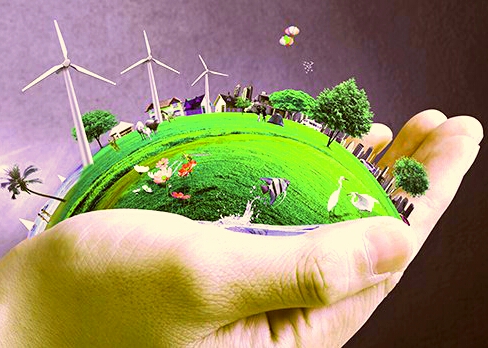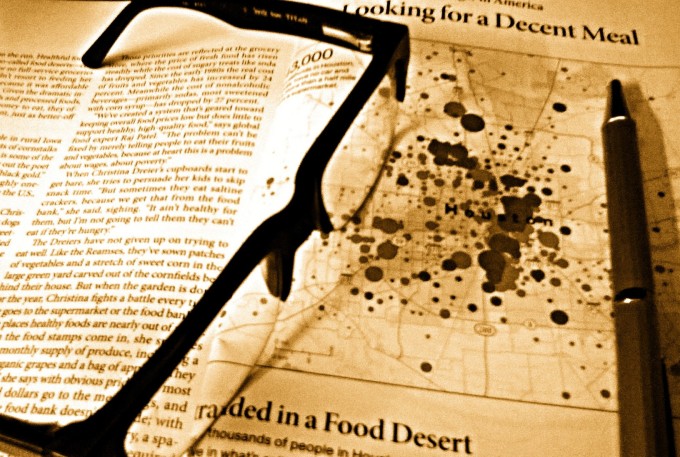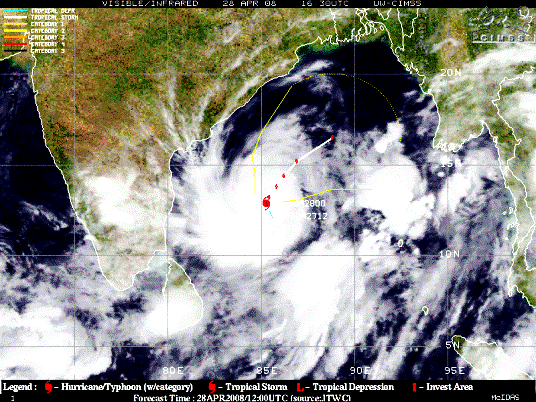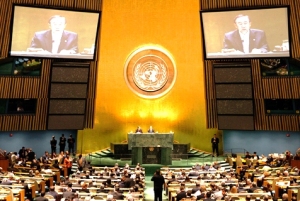Summary: Through this Article I have tried to express my own personal views on my understanding of the necessity of Wetlands, Its role in biodiversity, Its aspect in maintaining productivity of environmental eco-system and Its effects which can be a subject of research in increasing the water capacity of a region and in managing global warming. Wetlands can be a great solution to the emerging water stress in different parts of the world, which is analysed in brief in the article.

It was Sachin Dev Burman, who sang the song “Allah Megh De pani de” (O Lord Almighty, give us clouds, give us Rains) in the year 1965 starred by the legendary actor of the Hindu Cinema Dev Anand. Years passed as we face water crisis in many parts of this Nation, it’s time to sing that song once again with prayers for a good monsoon season.
It is now a well-known fact that half of this Indian Subcontinent faced a serious water shortage in some parts of the nation and cities like Chennai, one of the four major metropolitan city of India has to go through major water crisis and sought help from neighbouring states of the country. Many are of the opinion that failure to conserve wetlands has added up to the Water Crisis in the region. In a country like India, there is an urgent need for the notification of wetlands to be conserved. Wetlands help in tackling water crisis in many ways. The importance of Wetlands and its ecosystem has long helped human beings and other species of our planets to co-survive and keep a balance in the eco-system. As per a recent newspaper report by Hindustan Times, India has approximately 757,060 wetlands with a total wetland area of 15.3 million hectares, which accounts for nearly 4.63 percent of the total geographical area of the country.
As per the National Plan for Conservation of Aquatic Eco-Systems, Government of India and for conservation of lakes and wetlands, Ministry of Environment and Forests has been implementing two sperate Centrally Sponsored Schemes (CSS), namely the National Wetlands Conservation Programme (NWCP) and the National Lake Conservation Plan (NLCP). It was in the Feb 2013, the Ministry has merged the two schemes viz. NLCP and NWCP into a new integrated scheme named the ‘National Plan for Conservation of Aquatic Eco-Systems NPCA’.
The nation needs to address and mark water-bodies which are wetlands and need to preserve the same. Internationally it was in the year 1960s a negotiation was brought forward by Non-Governmental Organization and by countries to address the increasing loss and degradation of wetland habitat for the migratory birds. This treaty was done at Ramsar in the city of Iran which later came into force in the year 1975.
Ramsar’ is a small thin coastal city in north of Iran beside the Caspian Sea which has the mountain neighbouring it. Ramsar is the capital of Ramsar County, Mazandaran Province, Iran. It is one of those historic cities, where the Ramsar Convention took place to save wetlands from further degradation.
As per the Ramsar Convention: Article 1 of the Convention states that “wetlands are areas of marsh, fen, peatland or water, whether natural or artificial, permanent or temporary, with water that is static or flowing, fresh, brackish or salt, including areas of marine water the depth of which at low tide does not exceed six metres”. Hence, as defined by the Convention, wetlands include a wide variety of inland habitats such as marshes, peatlands, floodplains, rivers and lakes, and coastal areas such as saltmarshes, mangroves, intertidal mudflats and seagrass beds, and also coral reefs and other marine areas no deeper than six metres at low tide, as well as humanmade wetlands such as dams, reservoirs, rice paddies and wastewater treatment ponds and lagoons.
(Source: Ramsar Convention Website)
Wetlands have a great importance of its own. It’s one of the most precious webs which connects species together. They are the cradles of biodiversity which produce food and productivity to countless species of plants and animals which depend for survival. Starting from generation of freshwater supply, food, biodiversity, to flood control, ground water recharge and climate change mitigation, they are the most essential component needed for human as well as other species survival.
However, researchers and studies have stressed that we need to save this wetland area and the quality which is declining in most regions of the world. In my independent thought, I have understood that wetlands also help in ground water recharges and hence water percolates through rain during the Monsoon Season inside the Earth and we get a continuous flow of fresh water. If we have more and more of wetlands in our Mother Earth, we could have created a greener world for us. One of the solutions may be to understand the number of wetlands through Remote Sensing Satellite data and making maps to understand the number of water bodies existing and the number of wetlands we need to create. This is just not a necessity but is directly related to human survival.
Water is everyone’s need and we need to act so that we can solve this emerging water crisis. Based on this subject of preservation of water lands, today there are Wetlands of International Importance called Ramsar Sites. It is said that these Ramsar Sites are of national and international status. They not only bring value for the respective nation or nations but for the entire living beings on this planet Earth.
This year, it was seen that Chennai in India faced a great water stress. It was only last year that Cape Town, South Africa was about to enter their ‘Zero Day’. In a research on the same the World Resource Institute found that water withdrawals globally have more than doubled since the 1960s due to growing demand – and they show no signs of slowing down. New data from WRI’s Aqueduct tools reveal that 17 countries – home to one-quarter of the world’s population—face “extremely high” levels of baseline water stress, where irrigated agriculture, industries and municipalities withdraw more than 80% of their available supply on average every year. (Source: World Resource Institute Website)
Countries like India is slowly facing the heat of the water stress. This year as per the Hindustan Times report nearly 150 million people are facing hazardous temperatures from Midwestern plains to the Atlantic Coast in a heatwave that claimed lives.
On 24-28th June, 2019 57th meeting of the standing committee of the Ramsar Convention of Wetlands did their meeting at Gland, Switzerland, where the opening statements were made by H.E. Eng. Mohamed Al Afkham, Chair of the Standing Committee; Dr Grethel Aguilar, Acting Director General of IUCN; Mr Richard Holland, Director of Operations and Network Development, Wetlands International, on behalf of the six International Organization Partners (IOPs); and Ms Martha Rojas Urrego, Secretary General of the Convention.
It was here the Secretary General summarized the work of the Secretariat for the period from 29 October 2018 to 15 April 2019, set out in document SC57 Doc.5, under five thematic areas: strengthening service to Contacting Parties’ decision-making and accountability; increasing the relevance of wetlands and the Convention to global sustainable development policy objectives; strengthening support and enabling implementation; enhancing the visibility of wetlands and the Convention; and strengthening the Secretariat’s efficiency and effectiveness. (Source: Ramsar Convention Website)
So, it’s a fact that a lot of initiatives are trying to be taken in this world and this may not be enough. It’s also true that we have lot of challenges, however, when it’s a question of human survival as water is the most basic necessity for all living organisms, we have to do more at the local, regional, national and international levels.
I strongly feel that we need to categorize awards for different sectors of people, who are trying to increase, save and aware humans regarding Wetlands and Its Management. Researchers all around the world can take up their doctorate subject on Wetland Management and its connection with reducing water stress and minimizing global warming. These studies can help us to understand Wetlands better. Also, we can understand from these studies if there is relation of slowing down Climate Change with the help of Wetlands and if Wetlands can control the local climate of the region.
This are ideas which as an environmentalist, I thought of proposing through this article of mine.
—
(Views Expressed Above Are Personal)
Writer:
Mainak Majumdar
Policy Writer and Documentation Specialist with over 18 years of Professional Experience
Winner of double academic Gold Medals in Masters of Environmental Sciences, Bangalore University, 2005 (Late Sri N. Rama Rao Endownment Gold Medal and Sri Bhushan Phene Memorial Gold Medal)
Writes personal thoughts at: http://www.mainaksworld.com
Reference:
1.https://www.ramsar.org/sites/default/files/documents/library/sc57_report_decisions_e.pdf
2.https://www.ramsar.org/sites/default/files/documents/library/sc57_report_decisions_e.pdf
3.https://nrcd.nic.in/npca/writereaddata/fileups/56996213Ecological%20Signifinance%20of%20wetlands.pdf
4.https://www.ramsar.org/sites/default/files/documents/library/handbook1_5ed_introductiontoconvention_e.pdf
5. https://www.wri.org/blog/2019/08/17-countries-home-one-quarter-world-population-face-extremely-high-water-stress
6. https://en.wikipedia.org/wiki/Ramsar,_Mazandaran
7. https://www.ramsar.org/about/history-of-the-ramsar-convention
8. https://nrcd.nic.in/npca/npca/nwcp/index_nwcp.aspx
9. Hindustan Times Newspaper


































 Climate Change is a burning issue these days. In October 1985, at an International meeting in Villach, Austria convened by United Nations agencies, a group of Scientists decided it was time for the World to take action. The meeting concluded that there was a need to combat the perceived danger of global warming that would result from increasing concentrations of so-called green house gases in the atmosphere. This green house gas concentrations, particularly those of carbon dioxide ( a product of burning coal, oil and other fossil fuels ) are increasing as a direct consequence of a range of human activities.
Climate Change is a burning issue these days. In October 1985, at an International meeting in Villach, Austria convened by United Nations agencies, a group of Scientists decided it was time for the World to take action. The meeting concluded that there was a need to combat the perceived danger of global warming that would result from increasing concentrations of so-called green house gases in the atmosphere. This green house gas concentrations, particularly those of carbon dioxide ( a product of burning coal, oil and other fossil fuels ) are increasing as a direct consequence of a range of human activities.



 A severe cyclone has killed more than 500 people in Bangladesh and left thousands injured or missing. As, the latest new goes, Three thousand people have been confirmed dead in Bangladesh after a cyclone hit the south of the country, the private ATN Bangla television network said Sunday as the death toll continued to rise.
A severe cyclone has killed more than 500 people in Bangladesh and left thousands injured or missing. As, the latest new goes, Three thousand people have been confirmed dead in Bangladesh after a cyclone hit the south of the country, the private ATN Bangla television network said Sunday as the death toll continued to rise.



You must be logged in to post a comment.